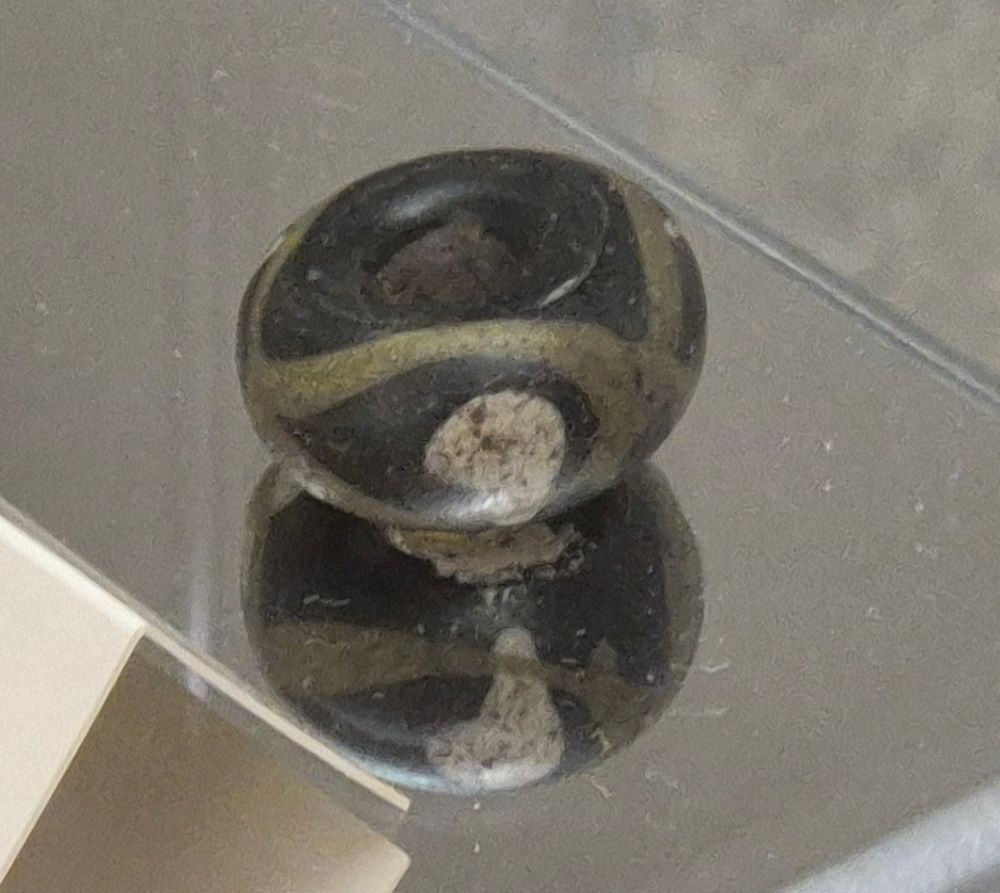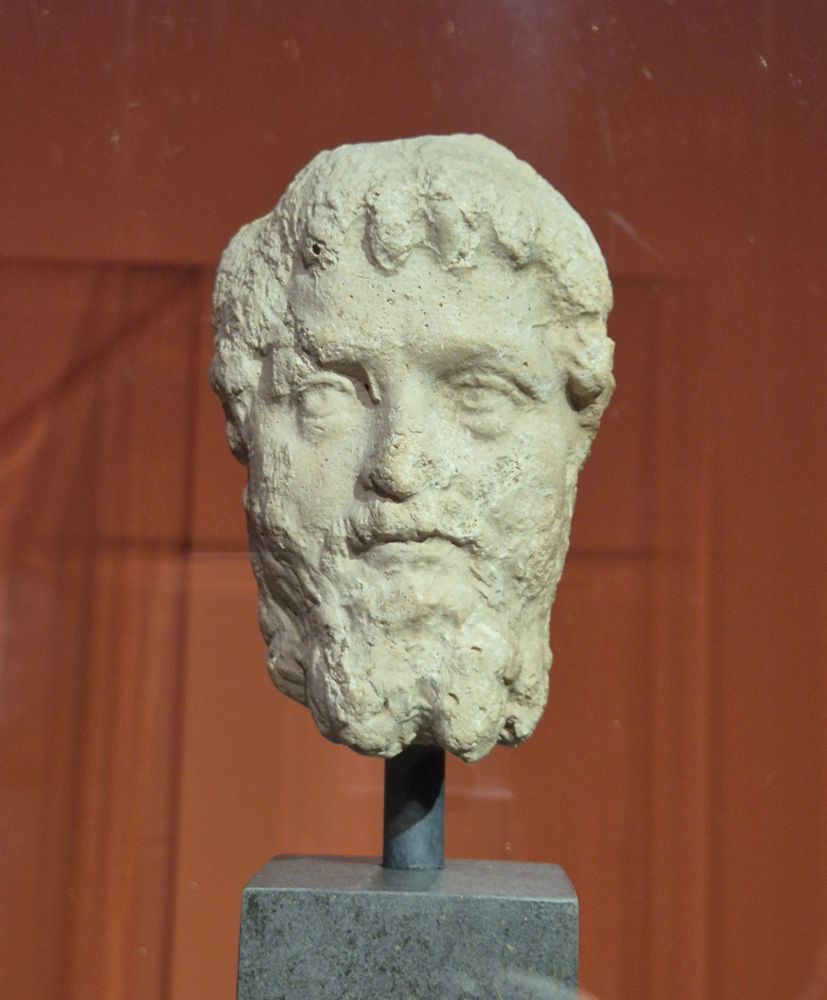Häferlkaffee
@haeferlkaffee.bsky.social
450 followers
240 following
310 posts
Archäologin und ewig Reisende. Sarkophage und Umayyaden. Wissenschafts-, Hochschul- und Kulturpolitik. #NieWiederIstJetzt #LauteWissenschaft #NNWiss
Posts
Media
Videos
Starter Packs
Reposted by Häferlkaffee
Reposted by Häferlkaffee
Reposted by Häferlkaffee
Reposted by Häferlkaffee
Reposted by Häferlkaffee
Reposted by Häferlkaffee
Reposted by Häferlkaffee
Reposted by Häferlkaffee
Häferlkaffee
@haeferlkaffee.bsky.social
· Aug 19
Reposted by Häferlkaffee
Reposted by Häferlkaffee
Reposted by Häferlkaffee
Häferlkaffee
@haeferlkaffee.bsky.social
· Aug 16
Reposted by Häferlkaffee

































